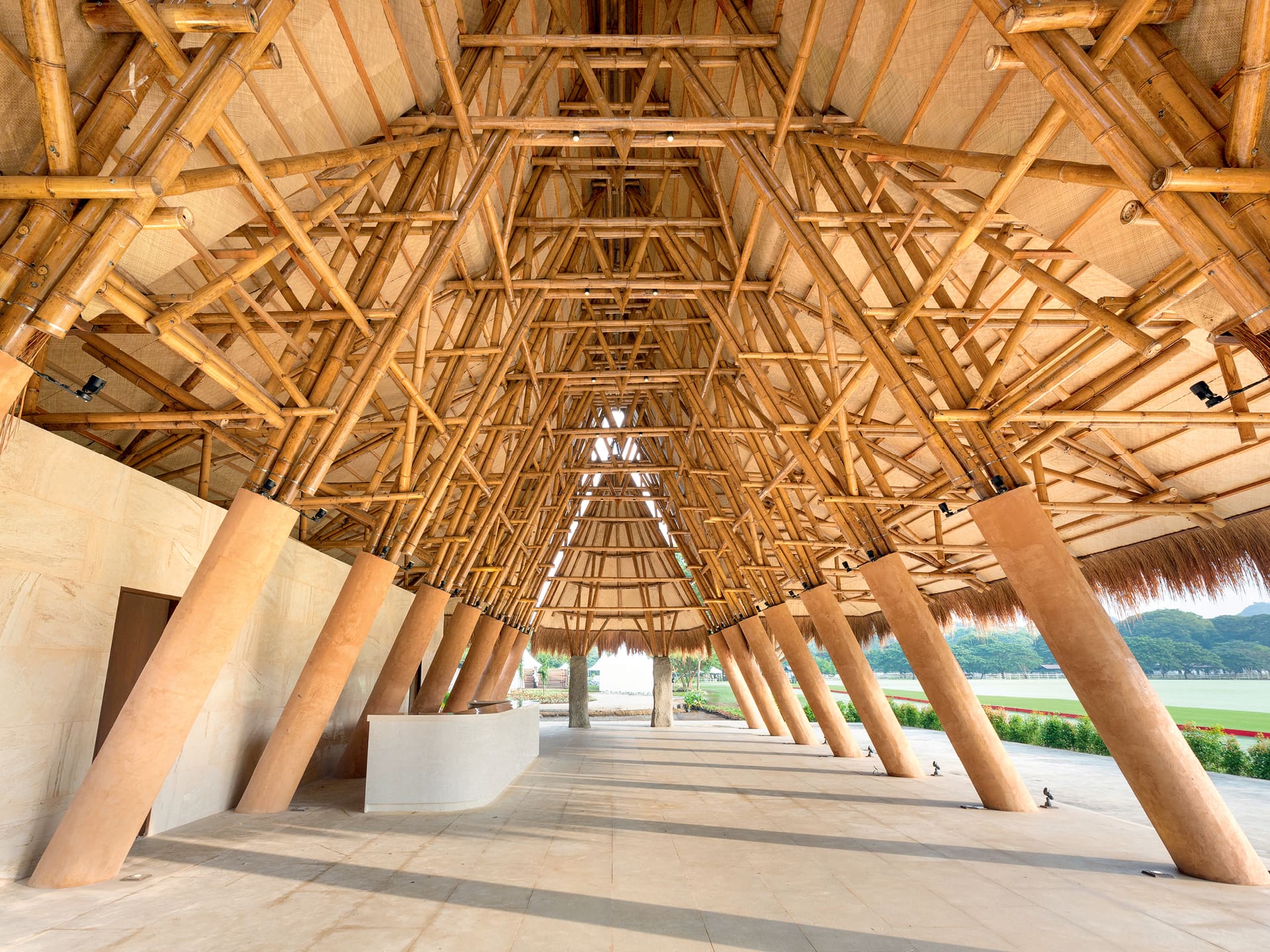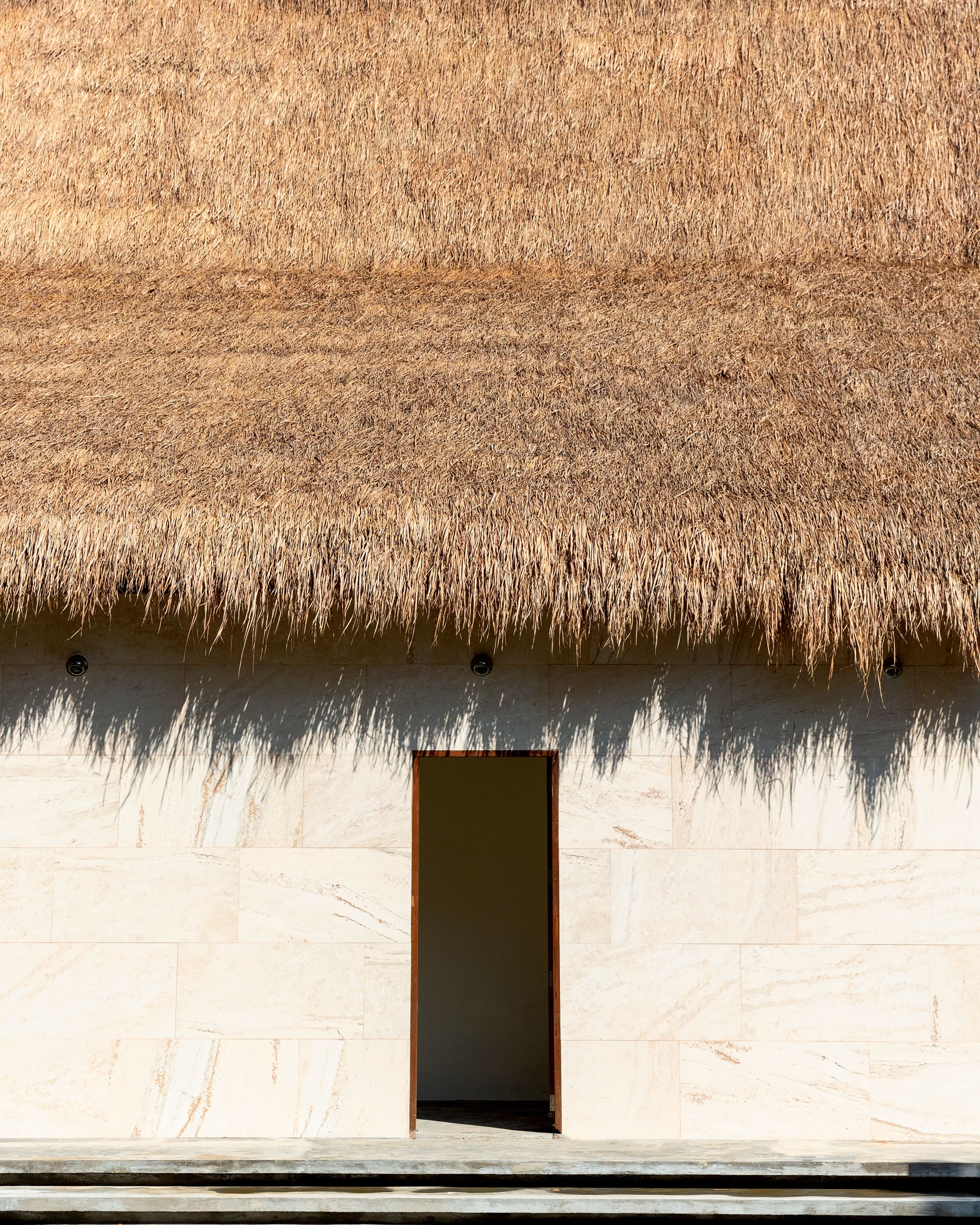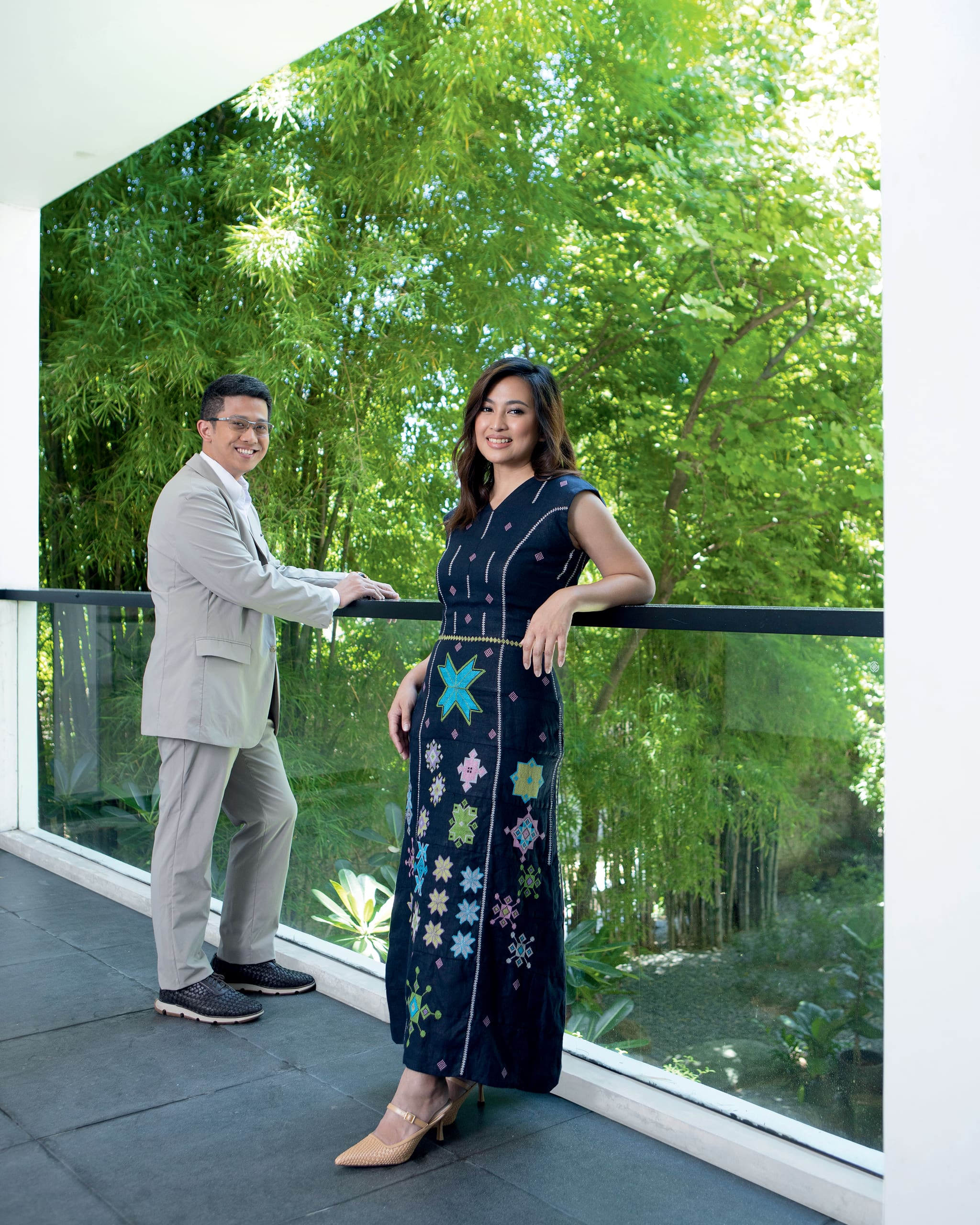Photos courtesy of Sangay Architects
Has Bamboo architecture in the Philippines come of age? Audrey Caprio talks to SANGAY ARCHITECTS about taking the humble timber to new heights.
“You can build a home in four years,” Elora Hardy declares at the beginning of an episode of Home, an Apple TV docuseries that looks at the world’s most innovative and imaginative dwellings.
Elora is the daughter of John Hardy, a Canadian émigré who built Bali’s famous Green School, a structure made completely out of bamboo. Taking her father’s ideas further, Elora founded Ibuku, a design and construction company specializing in bamboo structures that defy all architectural conventions.
Ibuku’s Sharma Springs house, which materializes out of the forest like some fantastical future-primitive space station, is all curves and bends and not a square room or door in sight. What Ibuku and other Southeast Asian firms like VTN in Vietnam have managed to achieve with the humble bamboo pole has inspired sustainability enthusiasts around the world and has led Filipino architects, designers, and builders to ask: why can’t we do that?

It’s not only in the Philippines where bamboo was considered the “poor man’s timber.” It’s a common stereotype that has permeated many of the regions where it grows in abundance, from Indonesia to India.
Often mistaken as a tree, the woody grass grows fully in three to five years, making bamboo a fast-renewing material, unlike hardwoods which can take decades to grow. One mother plant can send up new shoots for a long time, making it the most sustainable and best carbon-capturing regenerative building material on the planet.
Perception has started to shift, led by countries where bamboo architecture has been pushing the boundaries of design. No longer a lowly construction material relegated to fences, huts, and barbecue sticks, bamboo is being experimented with and explored in multifaceted ways that befit its prominence in many of the regions’ creation stories. The Philippines’ own legend of Malakas and Maganda, while a myth about the first humans, is also an apt descriptor of the grass itself—strong and beautiful.
The vernacular architecture of the Philippines is built on bamboo. The bahay kubo of the lowlands may be our most iconic bamboo house, but as far as indigenous huts go, we’ve got plenty, representing every region, province, and tribe.
The raised granary structures of Ifugao, the stilt homes of coastal dwellers, and the Maranao torogan have all been made with bamboo along with other native materials like rattan, cogon, nipa, and whatever timber they find in their environment.
Because of its association with impermanence and indigeneity, bamboo has not been taken seriously by the local construction industry. In Bali, it took an outsider, John Hardy, to see the bamboo forest for the trees.

Here, bamboo advocates like Christian Salandanan and Kath Sapungay of Sangay Architects, a young firm that has chosen to focus on bamboo as a main building material, are attempting to elevate the value of bamboo through design.
“The material is not the problem. It’s rather how you use it, how its translated, how its connected,” says Salandanan. He became a fanatic of bamboo in college where he studied architecture at the University of Santo Tomas, inspired by Bobby Mañosa’s innovative use of materials like coconut, shell, and capiz.
One year her senior in the same course, he crossed paths with Sapungay in 2014 when she entered a bamboo model in a design competition. Like minds melded, and together they formed Sangay the following year.
The young architects first made the news when the MLR Polo Pavilion was being constructed in Batangas, in time for the 2019 SEA Games. Polo, “the sport of kings,” was notably played by members of the Brunei royal family.
The pavilion was intended to host VVIPs, kings and sultans from the region, and their client wanted to create a distinctly Filipino landmark that would impress and inspire—in the short span of four months.
Setting out to find a designer who could creatively use bamboo, the project manager, Jullian Lastrilla, found Sangay Architects upon the recommendation of an architecture professor. “Although they were a fairly young firm and team, their boldness in form showed a youthful creativity that has been honed and mastered into something sophisticated,” she says.

The project brief was the perfect challenge for the young architects, who were both 26 years old at the time. How were they going to use the “poor man’s timber” to receive royalty? Christian and Kath were given all of three days.
Their design approach began with envisioning the sensorial experience of entering a space. “Architecture should be felt,” says Salandanan. “Does the user feel secure and at home, or intimidated? We’re talking about intangibles as the first and essential part of the process. The second part is to translate that into something tangible. How do you deliver that experience?” He insists that “form and shell should be secondary.”
Sapungay adds, “We wanted it to be welcoming but also feel strong, so we put large stones at the entrance, and as people enter, the ceiling escalates into a grand height of 12 meters. We wanted their eyes to wander around and appreciate the repetitive patterns and lighting, where we showcased the intricacy of bamboo.”
To their surprise, their client immediately gave his approval after their presentation. They secured a supply of giant bamboo culms from Carolina Jimenez, who owns a bamboo plantation in Antipolo filled with 45 different varieties of indigenous and exotic bamboo. They also flew in eight skilled workers from Indonesia, who were integral in training the 40 Filipino workers who had never handled bamboo this way before.
Typically, bamboo homes are built instinctively, that is, they are built by feel and not by design. Poles are merely fastened together with rattan lashes, but come a large typhoon, it all gets blown away. Bamboo became a more viable permanent structure after methods were developed to treat the material properly to prevent it from being eaten by termites and powderpost beetles. Steel rods, nuts and bolts, or metal connectors also are used to join parts together, making the structure more resistant to typhoons.
“It was a fun and very good process where technology was transferred,” Christian says of the months spent in feverish construction. “The precision of Indonesian craftsmanship was picked up by our workers, raising the bar in what is considered acceptable work.”
The pair are currently working with clients who have gone all-in on a luxury bamboo residence. They noticed an uptick in inquiries over the pandemic, when homeowners decided they wanted to live in a house that breathes, in a space that makes them feel they are being enveloped by nature.
“Luxury is thought of as polished, shiny things,” Kath says. “We hope to change the perception of luxury, and to evolve the building in favor of our context and culture, our weather, our climate, the craftsmanship of people.” Clients have requested for swooping Balinese-style roofs, but the architects explain how that style doesn’t work here, because the rain hits differently. Sangay’s designs will often lean into the vernacular of our own country, where even the simplest of homes were designed for ventilation and light, for avoiding flooding and pests, and for withstanding the monsoon rains.

I ask Jullian Latrilla, who lives on the property, how the pavilion has fared three years after it was built, especially in the face of a supertyphoon that hit the area in November 2020. “It’s as stable as when it was built in 2019,” she says. “We naturally hear its creaks when the wind blows hard or during earthquakes. That’s a normal part of using such an organic material.”
Sangay Architects and the emergent contemporary bamboo architecture movement scored a significant win when the MLR Polo Pavilion garnered the gold prize in Place Making at the Good Design Awards, a national design excellence recognition program hosted by the Design Center of the Philippines. Announced in June this year, the award validated the partners’ years of research, advocacy, and constantly questioning the norm.
An architect who practices biomimetic architecture, Louwie Gan, served on the jury of the competition and says of the winning entry: “Filipinos should learn that architecture is not just about aesthetics. The Bamboo Polo Pavilion conveys this message. This is an architectural masterpiece that reflects our country’s eco-cultural history, which we all, as the collective spirit of Bayanihan, must strive for in Filipino Architecture.”
On the heels of the award, September was declared as Philippine Bamboo Month, localizing the worldwide day that celebrates bamboo in all its forms and reconnects the Filipino people with a plant that has sustained them for thousands of years. The proclamation signals support for initiatives that will advance the bamboo farming industry, which has the potential to make an estimated PHP100 billion a year.
“It’s great that the government is seeing bamboo as a way to move forward,” says Kath. “It makes sense that others call it ‘the grass of hope.’”
This story originally appeared in Vogue Philippines September 2022 Issue
